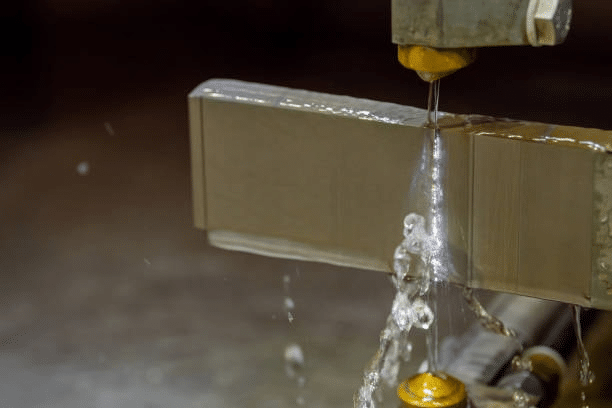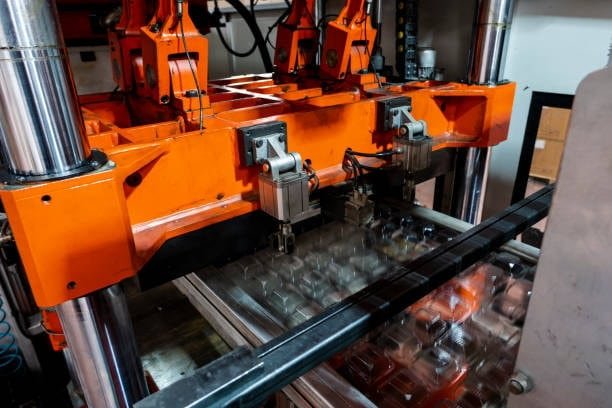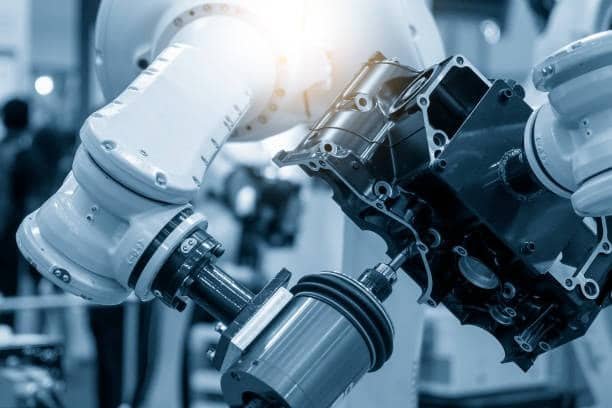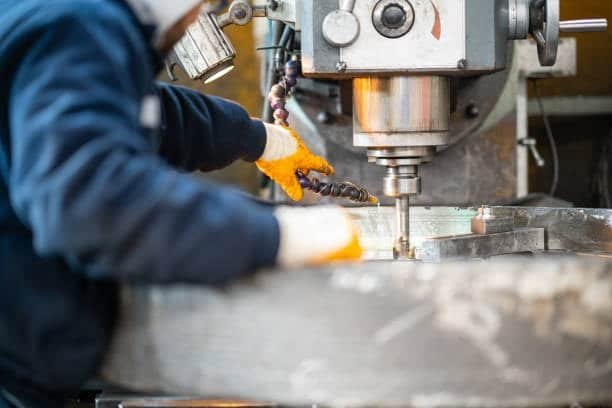Milling vs Drilling: A Comprehensive Guide to Understanding the Key Differences in Modern Manufacturing
These general distinctions of milling versus drilling are explained by the fact that the material removal processes are different, meaning that the nature of the tool engagement and the geometrical capabilities vary as well. Drilling is better in making accurate cylindrical openings by linear movement of the cutting tool, whereas milling is better with regards to versatility when it comes to complicated shapes due to the use of multi-directional movement of a cutting tool. Knowledge of these differences allows manufacturers to choose the best suitable process under particular application, especially when multiple passes are needed, to increase productivity and desired quality results multiple drill bits. Further expansion of CNC technologies, their cutting tools and strategies of process optimization will even enhance more the ability of both the processes to meet future manufacturing challenges.







